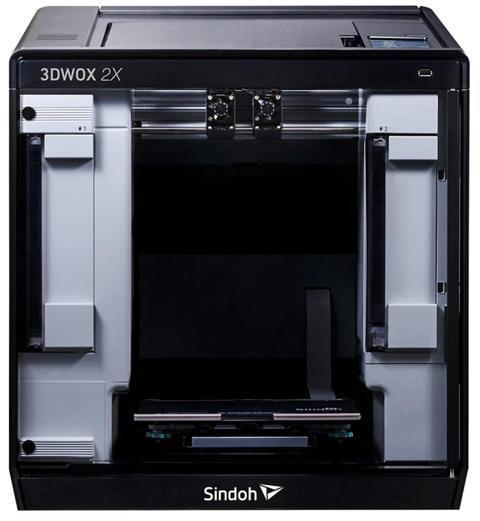Features of 3D Printing and Your New Plastic Products
3D printers are the new wave of printing technology. They are printers that use a laser beam to form various shapes and designs, and they are a great addition to your office or home workspace. However, like many other technological innovations, there are plenty of 3D printer disadvantages as well. If you have been thinking about purchasing one of these printers, you will want to know what to look for before purchasing. In this article, we’ll look at 3D printer features and disadvantages and discuss which ones are best avoided and the most important in terms of quality and ease of use.
The main benefit of 3D printers over older printing technologies is that you can create large-scale designs quickly and without a lot of wasted material. By using computer-assisted method (CAD) software, you can quickly and easily map out the different aspects of your desired object and then, with the appropriate hardware, print it out in a matter of minutes. This process can be used for everything from small individual design items, such as key chains and bumper stickers, to entire building structures, including skyscrapers and bridges. In addition, because the initial cost of 3D printed objects is relatively low, it makes it easy for companies to add them to their arsenal of in-house marketing tools.
One of the main drawbacks of 3D printers is that they tend to be less durable than traditional printing methods. Although most don’t print with actual ink-jet inks, they use plastic, which tends to break more easily and cause more surface damage than traditional ink-based inks. Furthermore, the best quality 3D printed objects tend to use solid colour plastics and not “green” coloured ones. In addition, most of the plastic used in 3D printers is processed with plasticizers, which can significantly impact the final quality of the object.
Another drawback to 3D printers is that the amount of time taken for the finished product depends upon the complexity of the design and the type of material used. For example, it is not uncommon for dental products, such as dental crowns and prosthetic teeth to take anywhere from four to eight weeks from start to finish. In addition, most dental products, such as braces and other restorative materials, are typically custom-made and may have to undergo several different stages of production before becoming available to the public. A simple example would be that a set of braces that are ready to go will first be made out of acrylic and resin. Then, once they are thoroughly dried and formed, they will be mounted and shipped to various orthodontists around the country.
To this end, it seems that 3D printers are at a disadvantage for rapid prototyping. Many of the most valuable plastic 3D printed objects applications utilize traditional mould techniques instead of digital modelling. Plastic moulds can allow you to quickly and easily create plastic prototypes that can then be used to test various aspects of your new product before you can complete the mould to make it available to your customers. While it may seem that the time from design conception to mould conversion has become increasingly slower, there are several reasons that this time factor is necessary.
The final issue that has been noted concerning 3D-printed plastic items is that they are seen as being lower in cost than other methods of rapid prototyping. However, while the cost of moulds and tooling may eventually become lower overall, the cost of plastic is likely to continue to increase at a relatively fast rate. Therefore, as long as you can keep your new product on the market, sooner or later, you will have to replace it with a new model that incorporates 3D printing.
